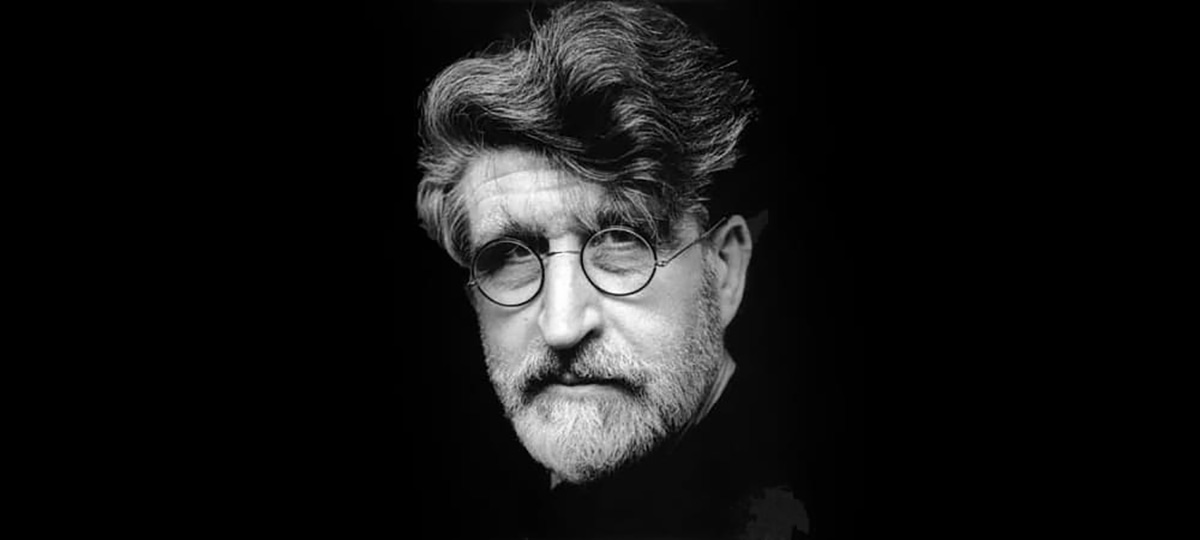Adami is the maestro of the unadulterated line,” writes the Swedish poet Lasse Söderberg in his reflection on the Italian artist, whose fame has now spread far beyond the fertile, undulating landscape of his native Bologna. After more than half a century of working creatively, Adami has evolved his own iconography, an ingenious pictorial language that embraces both past and present, and within whose frontiers strange creatures keep company with famous faces from history: the French Revolutionary politician Robespierre, the author James Joyce and the composer Gustav Mahler. Adami’s art teems with figures from the great works of literature: a young Prince Hamlet preoccupied with gloomy thoughts of suicide outside Kronborg Castle in Elsinore, and the gaunt and grizzled knight Don Quixote with his faithful companion, Sancho Panza.
Erotic motifs have been a constant theme throughout Adami’s production: women and loving couples in their most intimate moments, captured in mythically saturated shades, in evocative deep reds and a myriad shades of blue.
Valerio Adami was born in Bologna in 1935 and developed an interest for drawing and painting at an early age. In 1951, at the tender age of just 16, he was accepted into the Accademia di Brera in Milan, where he studied and painted until 1954. He made his first trip to Paris in 1955, and by the age of 20 had already had the opportunity of meeting the painters Roberto Matta and Wilfredo Lam, who inspired him and encouraged him to develop his talents.
Since his first one-man exhibition in Milan in 1959 Adami has had numerous exhibitions around the world, and today his works hang in many museums of modern art as well as in private collections. In 1985 he was the subject of a full-scale retrospective at the Musée National d’Art Moderne at the Pompidou Centre in Paris, where a representative selection of his production was on show. In 1989, to commemorate the bicentennial of the French Revolution, he was commissioned to produce a monumental mural for the Théàtre du Châtelet in Paris.
Numerous authors have written about Adami’s art, among them Octavio Paz, Italo Calvino and Carlos Fuentes.
Siwert Bergström arranged a rendezvous with Adami in Paris in the mid 1980s. They met in his studio and home, which had previously belonged to the artist Salvador Dalí, just a stone’s throw from the church of Sacré-Coeur, to discuss art and future collaboration. These contacts resulted in Galleri GKM showing Adami’s pictures for the first time in 1989. In conjunction with the exhibition, the gallery also published a book about the artist’s work, accompanied by poems by Lasse Söderberg and a text on Adami written by Alain Jouffroy.
Johan Persson



